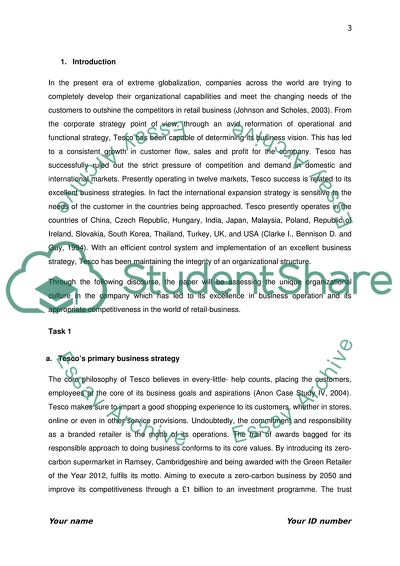Cite this document
(Organization,people and performance Essay Example | Topics and Well Written Essays - 3250 words, n.d.)
Organization,people and performance Essay Example | Topics and Well Written Essays - 3250 words. https://studentshare.org/business/1857907-organizationpeople-and-performance
Organization,people and performance Essay Example | Topics and Well Written Essays - 3250 words. https://studentshare.org/business/1857907-organizationpeople-and-performance
(Organization,people and Performance Essay Example | Topics and Well Written Essays - 3250 Words)
Organization,people and Performance Essay Example | Topics and Well Written Essays - 3250 Words. https://studentshare.org/business/1857907-organizationpeople-and-performance.
Organization,people and Performance Essay Example | Topics and Well Written Essays - 3250 Words. https://studentshare.org/business/1857907-organizationpeople-and-performance.
“Organization,people and Performance Essay Example | Topics and Well Written Essays - 3250 Words”. https://studentshare.org/business/1857907-organizationpeople-and-performance.


